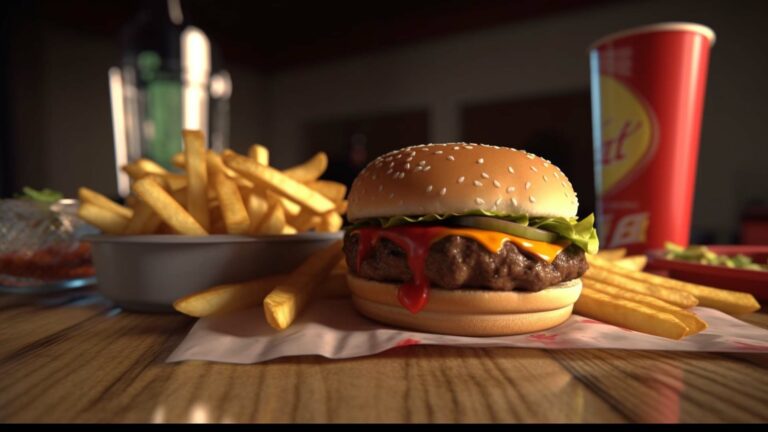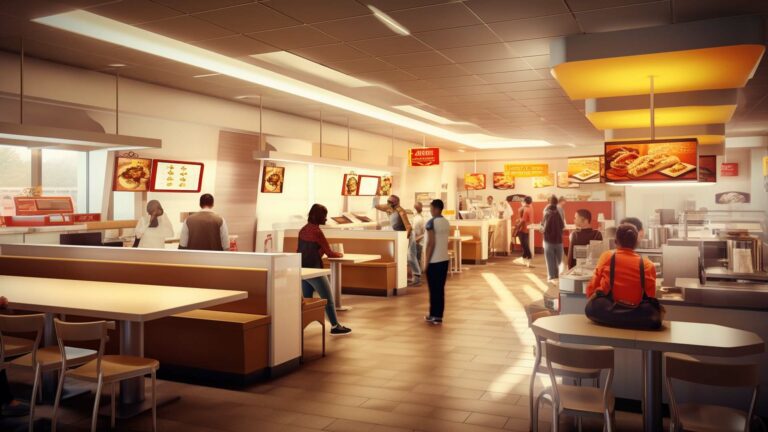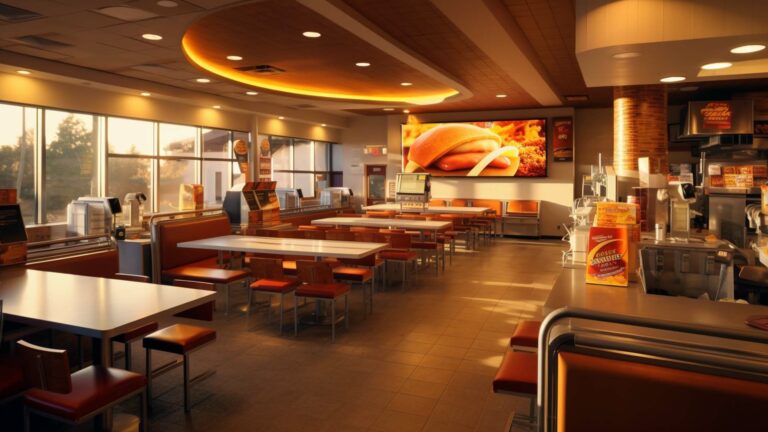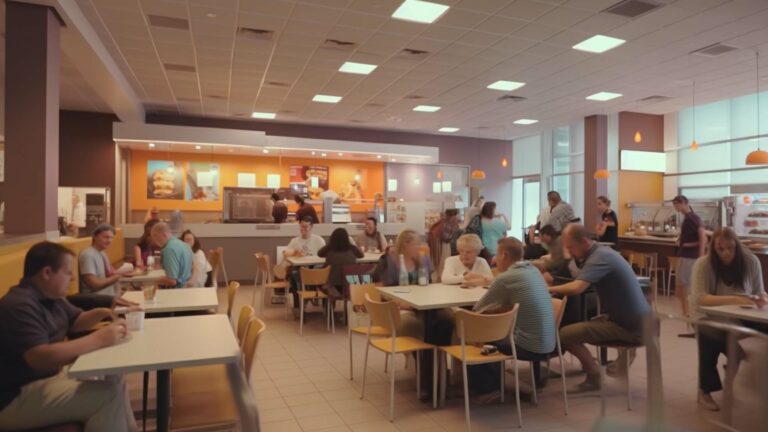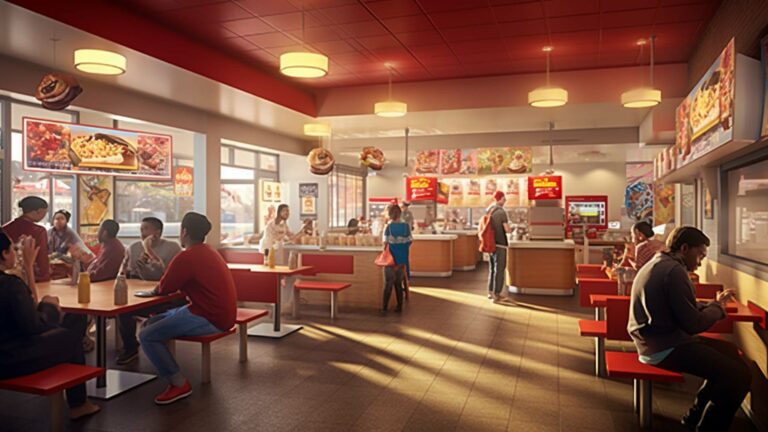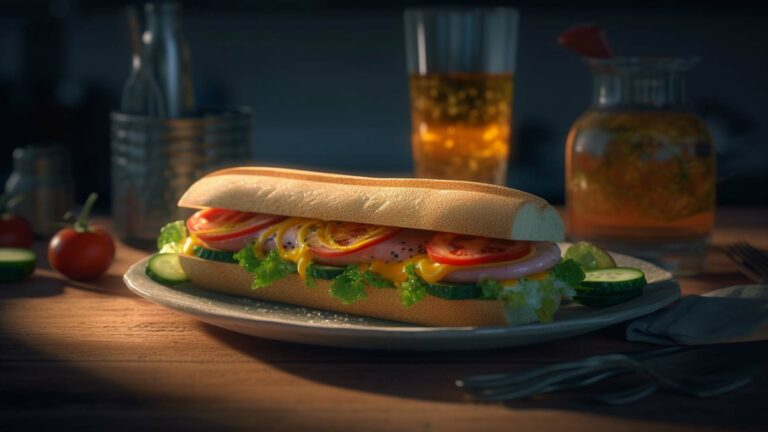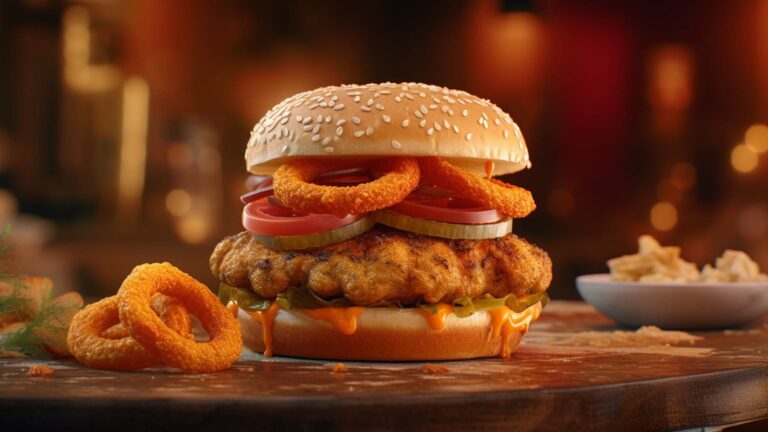Find Fast Food Restaurants Near Me in Utah
Utah is known as a state with vibrant cities and a diverse culture. The fast food market in Utah has also flourished. While the state is famous for its farm-to-table restaurants and health-conscious cuisine, fast food remains a guilty pleasure for many Utah residents.
Utah’s fast-food offerings are diverse, from burger joints that have become iconic to tacos that will make you swoon. We will explore the history of Utah’s fast food, its regional specialties and the evolution of this culinary phenomena.
The Evolution of Fast Food in Utah
Utah fast food dates back to the early twentieth century, when drive-ins and diners began offering cheap and quick meals. However, the real revolution came in the 1950s and 1960s with the introduction of fast-food chains such as McDonald’s, Burger King, and Wendy’s.
These establishments standardized food production and implemented efficient systems. They also created a template that allowed rapid expansion.
Popularity and Ubiquity of Fast Food in Utah
Utah is home to a multitude of fast food restaurants. Fast food’s popularity has many reasons. Fast food offers convenience, affordability, and consistency.
Busy individuals, seeking a quick meal, are drawn to the convenience of drive-thru windows, mobile ordering apps, and 24-hour service. The relatively low cost of fast food makes it a popular choice for those who are on a limited budget.
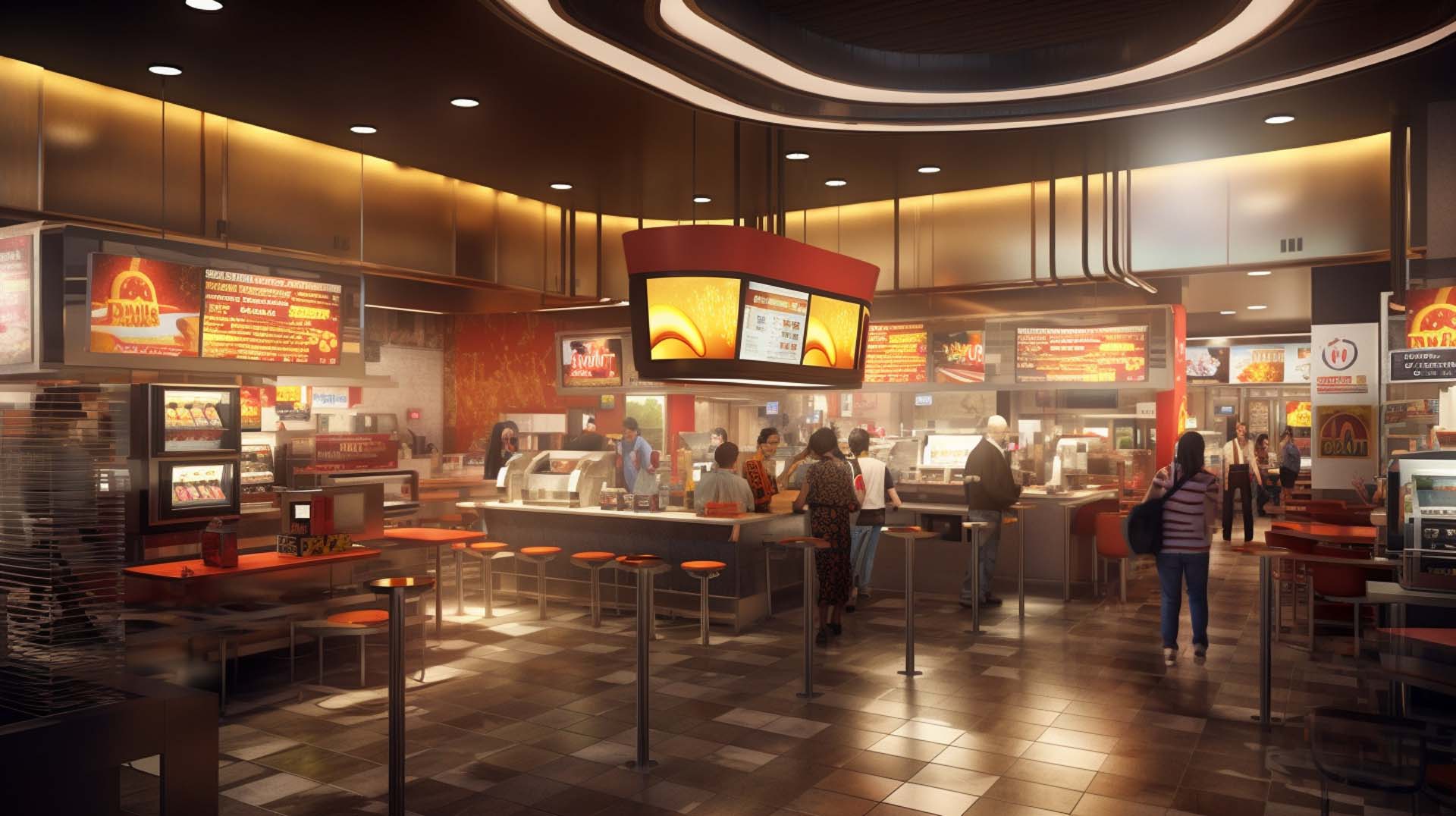
Health Conscious Fast Food Options in Utah
Recognizing the public health concerns associated with fast food, many chains in Utah have made efforts to introduce healthier menu options. There are also salads, grilled dishes, and lower-calorie meals.
Additionally, there has been a growing demand from consumers for transparency and healthier ingredients. Fast food companies responded by providing more nutritional information and using higher-quality ingredients.
Economic and Employment Impact
Fast food is a major contributor to U.S. GDP. In Utah, it provides many entry-level opportunities. However, the low wages and limited benefits associated with these jobs have raised concerns about income inequality and labor rights.
Furthermore, the proliferation of fast-food chains has had an adverse effect on local independent restaurants, which struggle to compete with the resources and marketing power of national brands.
The Future of Fast Food in Utah
Utah’s fast-food industry is evolving as Utahns become health-conscious. Some chains offer plant-based alternative, have reduced their portion sizes and expanded their menu to meet changing dietary and taste preferences.
Fast-food is also being reshaped by technological advancements such as self-ordering kiosks and automation. This makes it more cost-effective and efficient.
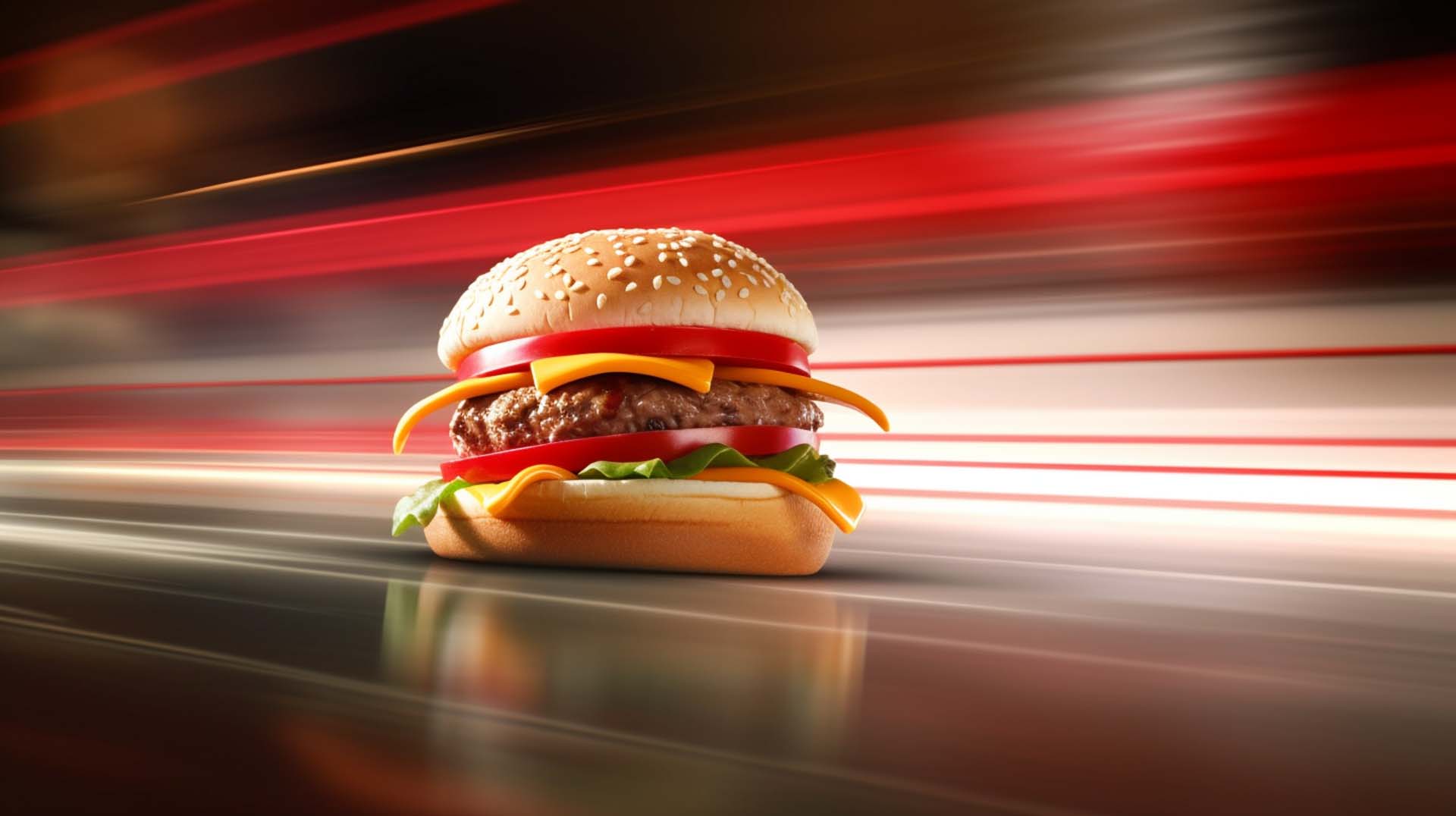
About Utah
Utah ( YOO-tah, YOO-taw) is a state in the Southwest United States. It is one of the Mountain states, sharing the Four Corners region of the Western United States with Arizona, Colorado, and New Mexico. It also borders Wyoming to its northeast, Idaho to its north, and Nevada to its west. In comparison to all the U.S. states and territories, Utah, with a population of just over three million, is the 13th largest by area, the 30th most populous, and the 11th least densely populated. Urban development is mostly concentrated in two regions: the Wasatch Front in the north-central part of the state, which includes the state capital, Salt Lake City, and is home to roughly two-thirds of the population; and Washington County in the southwest, which has somewhat more than 180,000 residents. Most of the western half of Utah lies in the Great Basin.

